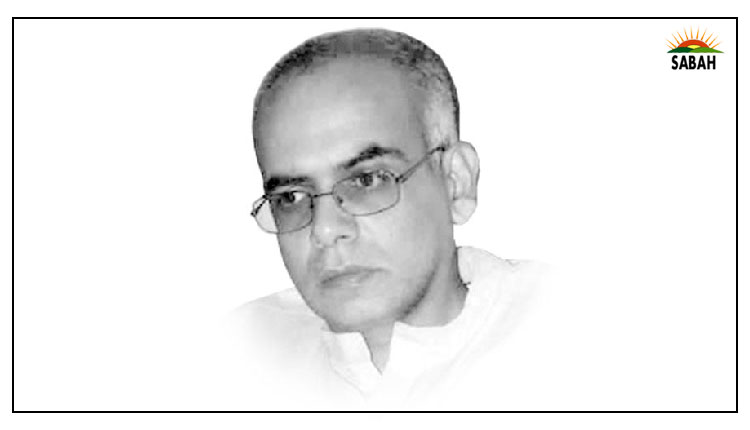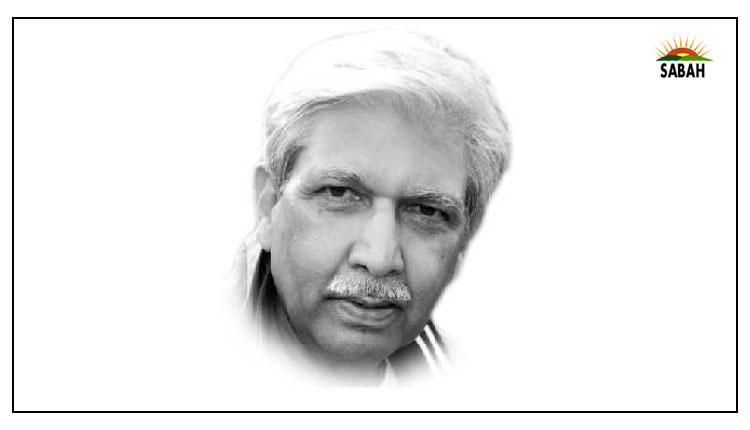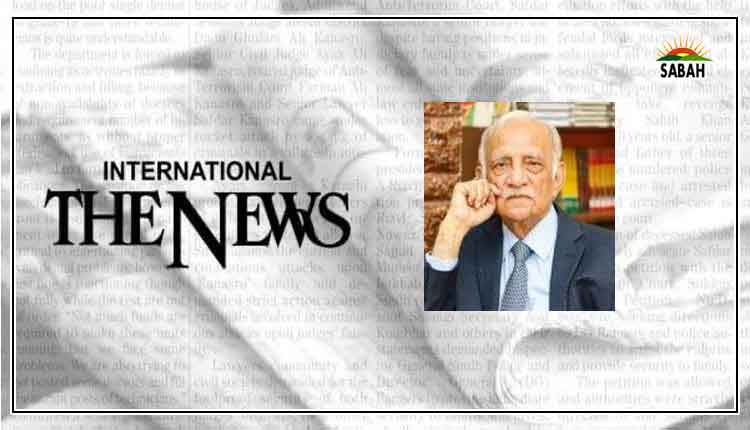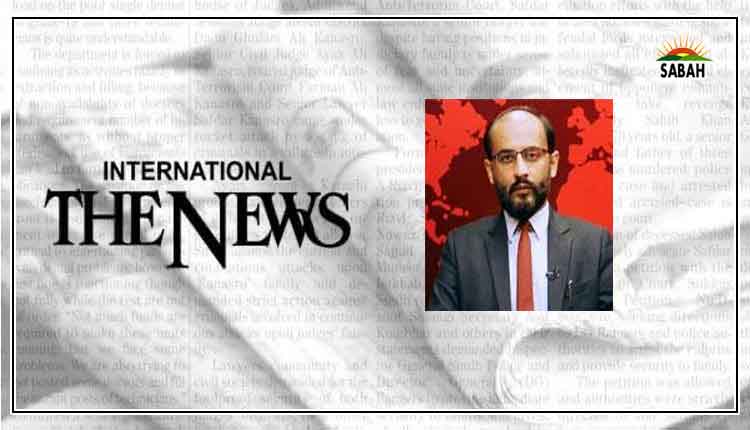A divisive frame of mind۔۔۔Dr Ayesha Razzaque
Would you rather have someone pick your pocket with their left or their right hand? Would you prefer to get robbed facing the business end of a small handgun or a rifle? Essentially, that is what the Power Division is deciding for customers of electric supply companies who have had enough and are transitioning, at least in part, to solar power.
Last week, several news outlets carried reports about a summary by the Central Power Purchasing Authority (CPPA) recommending to the government to impose a tax of Rs2,000 per kVA of solar power generation capacity on customers.
Capacities of typical residential solar plants range between 10 and 20 kVA enough to zero out electricity bills in the winter months and substantially reduce them in the summer. At the reported rate, this would have translated into a tax of Rs200,000 to Rs400,000 per household per year. About 24 hours later, the Power Division came out with a statement strongly denying the existence of such a summary and that no such tax was under consideration.
However, the statement went on to state that instead the Power Division was considering cutting the rate at which it buys power from net metered customers by about half from Rs21 down to Rs11 per unit. Keep in mind that Islamabad’s electric supply company IESCO charges customers from as little as Rs16 (for 0-100 units) to as much as Rs42 (for 700 units or more) according to tariff rates published on their website. So, they will not collect a solar power generation tax with their left hand but are considering picking your pocket with their right hand by suppressing the per-unit buyback rate, and in a high-inflation environment to boot!
The reason given for considering this step is that the drop in grid power demand from customers generating part of the power they consume from solar is making things worse for customers who do not have the same option (and is being discouraged). I am not aware of any other country in the world in which consumers who opt to shoulder the entire cost of transitioning to green, clean, renewable solar power without subsidy from the government and who reduce the need for importing expensive, dollar-denominated fossil fuels are scapegoated (blamed for reducing demand for grid power), vilified (blamed for rising electricity tariffs), and exploited (underpaid for electricity produced).
Regardless of the detailed economics of the power sector, what stood out in the Power Divisions clarifying statement is how it views solar power-generating consumers. Public utilities have failed to provide stable, reliable, and affordable power for years, in large part due to government ineptness. Now that consumers have had enough and those with the means are exiting the market, years, nay decades, of mismanagement are conveniently being laid at the feet of those consumers. This being Pakistan, to cover for their failures, solar power producers/consumers are being pitted against other consumers by framing it as a conflict between the wealthy (solar power users) against the poor (everyone else) because populist divisiveness sells.
This is not the only time this playbook has been employed in recent times. From the start, the debate around the Single National Curriculum vs Cambridge school system was framed as a crusade against the rich in the name of the poor in which the first shot was vilification of private schools. Then, public scrutiny of the governments claims exposed the curriculum as the same low-quality as public school curricula of years past. The ridicule that accompanied it finally compelled the government to scale back its sweeping plans of forcibly replacing better curriculums with a single, subpar curriculum and school system across the country.
The government is also begrudging fed-up consumers adopting solar power the duration over which they recoup their cost. According to one official, solar power users make back the cost of their investment in about 18 months, which they have deemed too good an investment, and now wish to underpay solar power users so this payback period is drawn out to 10 years. Once again, instead of fixing the inefficiencies in its delivery, officialdoms first impulse is to punish anyone who made a smart investment. In the Land of the Pure, taking a calculated risk and making an investment that works out as planned is the ultimate sin.
How could it be any other way? Large sections of the decision-making elite in the bureaucracy civil, uniformed, and robed are leading existences that are increasingly insulated from the rest of the country and the consequences of their decisions. Too many receive generous allowances of free units on their electricity bill, insulating them from the power sector. To such an official, a consumer switching to solar is not someone to be applauded for reducing their carbon footprint but a cow to be milked.
Data about how many units of electricity are handed out as perks to power sector employees and influential persons is understandably hard to come by. The last reliable public data point I could find on this question was in the National Electric Power Regulatory Authoritys (Nepra) State of the Industry Report 2022. In FY2021-22, it reports Rs6.4 billion spending on the provision of free electricity units to serving and retired employees of DISCOs, GENCOs, NTDC, and WAPDA.
It is unclear whether this figure is computed using the unit cost or the tariff rate charged to ordinary consumers. This data point appears to have been omitted from the following years (2023) report. Since then, tariffs have approximately doubled. We can safely estimate that the cost of providing this benefit to the same group of employees has doubled as well to Rs13 billion. For context, that is roughly comparable to this years federal budget for school education in ICT (Rs16 billion) or roughly a quarter of the federal governments spending on higher education nationwide (Rs66 billion). Think of the opportunity cost to education that these giveaways represent.
This does not include the free power perk so many high officials and VIPs enjoy outside the power sector. Ordinary consumers are footing the bill for all these benefits and for every place else electric supply companies cannot be bothered to collect bills from.
In more recent news, late last year the caretaker government issued a notification to monetize this benefit to power sector employees. However, employees in at least one province took the government to court and, as per my information, have obtained a stay order while the matter is being litigated and so the gravy train continues.
And it does not end with electricity. The ruling elite is used to living in free, or at least highly subsidized, government residences in enclaves, which makes them blind to the development needs of cities. Chauffeur-driven government car(s) with generous fuel allowances make them oblivious to the state of public transportation. Personal security details leave them unaware of the law-and-order situation the rest have to contend with. Is it really any wonder they are so out of touch?
Maybe it is time to withdraw these perks that have insulated the ruling elite from the effects of the policies and decisions they make and let them have a taste. Let people pay for rent and utilities like most people in the world. Let them experience the joys of the daily commute to work and live in the same safety we all do. Let them step out of their bubbles and have the opportunity to feel everyone elses pain.
Courtesy The News












